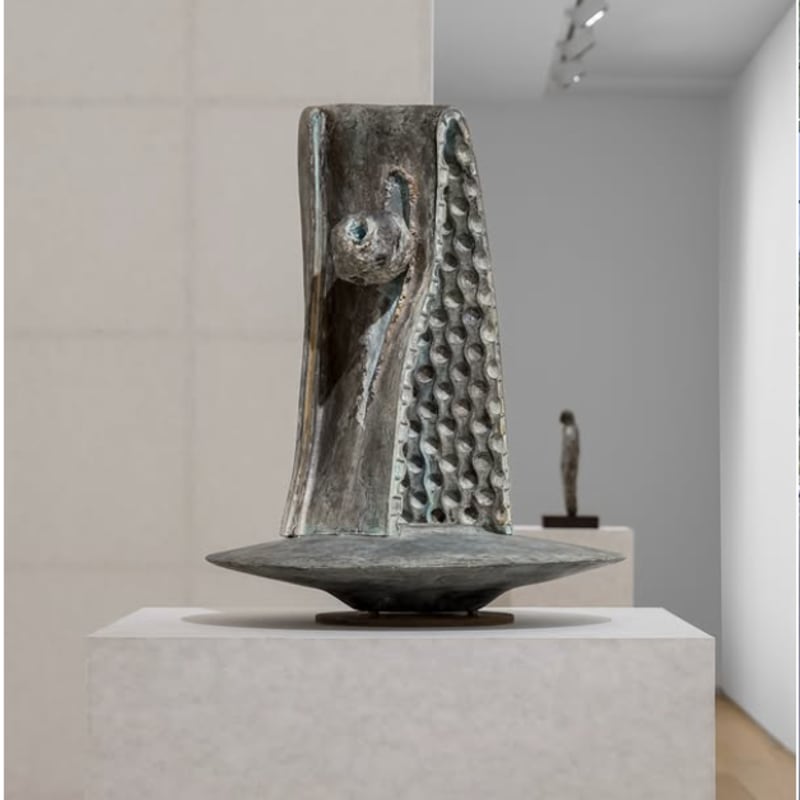Sturtevant La Répétition
Curated by Éric de Chassay
IT IS ALL THE MORE NECESSARY TO SHOW HOW CREATION CAN ALSO PROCEED BY REPETITION, INSISTENCE, MULTIPLICATION, COUNTING, ACCUMULATION, RATHER THAN IN ISOLATED WORKS OR GESTURES. THIS IS WHAT THIS EXHIBITION WILL FOCUS ON, THROUGH A SUBJECTIVE SELECTION FROM THE COLLECTIONS OF THE CENTRE POMPIDOU, MUSÉE NATIONAL D'ART MODERNE.
In 1936, Marie Laurencin painted the picture La Répétition (The Rehearsal). At first sight, nothing sets it apart from a conventional genre painting. A group of young women have gathered to create an artistic performance. One is holding a songbook, another a guitar for the music, another is making a dance step, while the two others look on.
The picture has probably suffered from the painter’s reputation for frivolity. But it is no less than a reworking of Pablo Picasso’s Les Demoiselles d'Avignon: the same curtains held open by one of the models, the same number of female figures in a triangular composition, the same chromatic rhythms and a dog replacing a still life in the foreground. Except that everything here is painted in bright colours, with both an attractive and a dark effect. Far from underlining heterogeneity, all the painting is marked by a principle of duplication. In French ‘répétition’ means both ‘rehearsal’ and ‘repetition’, and the painter’s repetitive approach is embodied in the fact that all the faces are identical. This is not a sign of the artist’s idiosyncrasy, but a deliberate ploy: a duplication of the duplication.
The history of Western art in the 20th and 21st centuries is marked by the figure of inventiveness, a clear synonym of freedom in creation. Yet many artists have taken up repetition as a method and a subject. In a handful of works or in a more systematic way, they have found in repetition a way of working, a phenomenon that has not been completely ignored but is still little highlighted. The collections in our museums generally focus on the search for masterpieces, on the exceptional moments when all the artist’s capacities converge, a principle that was the subject of the Centre Pompidou-Metz’s very first exhibition, Masterpieces?, in 2010-2011.
Showing how creation can also proceed by repetition, emphasis, multiplication, counting and accumulation, rather than in isolated works or gestures, is all the more necessary. This is the aim of the exhibition, with a subjective selection from the Pompidou Centre’s collections, cutting across the stylistic, iconographic, sociological and chronological classifications that are generally used to present the works, and bringing out the value of the creative processes involved in repetition, whether or not they can be seen in the objects or figures represented. This investigation takes on its full meaning as we understand, thanks to recently discovered prehistoric artefacts from the Neronian period (56,000 years ago), how homo sapiens-sapiens stood apart from the other human species by applying systematic methods, corresponding to a future-oriented and repetitive process aiming to make their tools more efficient, while the Neanderthals (who came to the Grotte Mandrin both before and after them) showed an apparently greater freedom and diversity of approaches.


















































































































































































